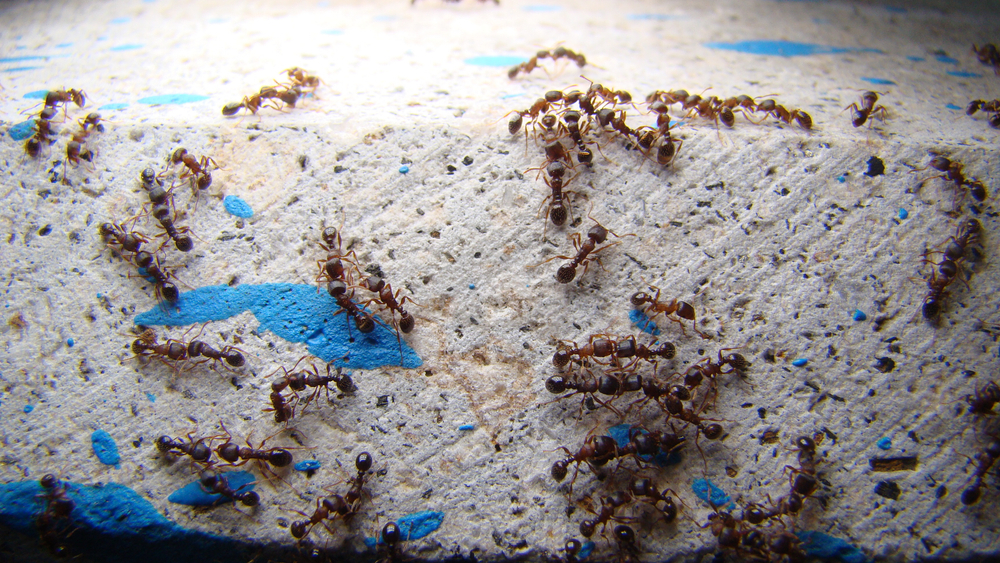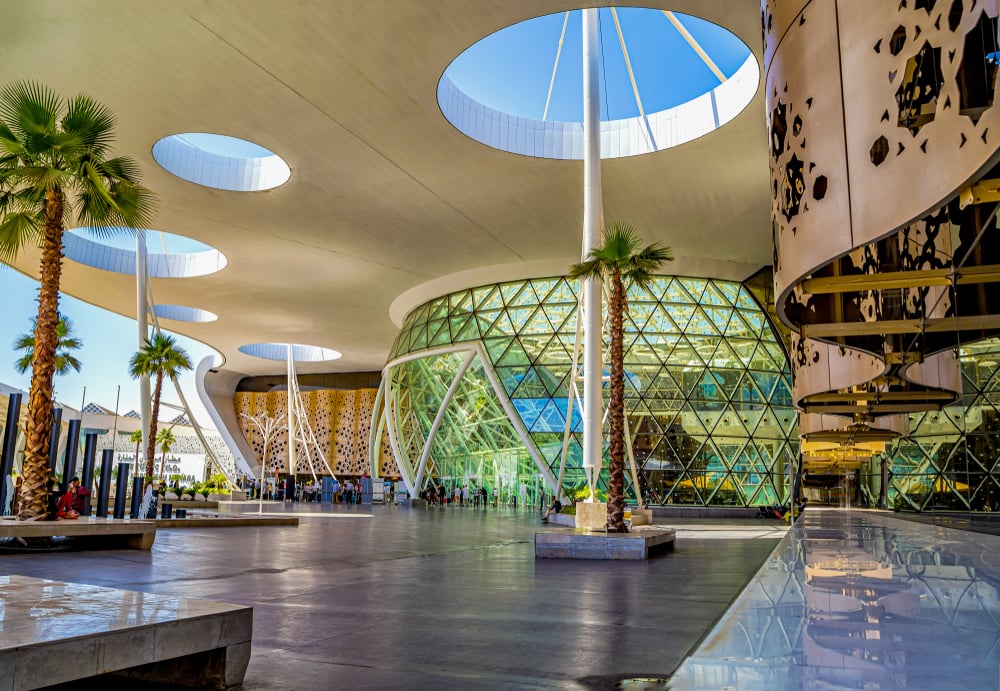The Ruffi-Ant, also known as the Manhattan Ruffian Ant, is a unique species of ant that can only be found in the densely populated island of Manhattan, New York City. These ants are known for their distinctive appearance, behavior, and adaptability to the urban environment.
The Ruffi-Ant is a small ant, measuring about 2-3 millimeters in length. They have a reddish-brown color and are characterized by their large, rounded heads and thick antennae. They also have a distinct, ruffled appearance, which is where they get their name from.
One of the most remarkable characteristics of the Ruffi-Ant is their adaptability to the urban environment. They are known to thrive in the concrete jungles of Manhattan, and can be found in a wide range of habitats, from parks and gardens to sidewalks and buildings. They have even been known to colonize abandoned buildings and subway tunnels.
The Ruffi-Ant is a highly social species, and they live in large colonies that can contain thousands of individuals. They are known for their organized and efficient behavior, and they work together to gather food and care for their young. They are also known to be aggressive and territorial, and they will defend their colonies against other ant species and other animals.
The Ruffi-Ant is an opportunistic feeder, and they will eat a wide range of food, including other insects, seeds, and even garbage. They are also known to scavenge food from humans, and they have been known to steal food from picnickers and other outdoor diners.
The Ruffi-Ant is a hardy species, and they are able to survive in a wide range of temperatures and weather conditions. They are also resistant to many of the pesticides and chemicals used to control other ant species. This makes them difficult to control and eliminate, and they are considered a pest by many residents of Manhattan.
Despite their pest status, the Ruffi-Ant is an important part of the Manhattan ecosystem and plays a vital role in controlling other insect populations. They are also a fascinating subject for scientists and researchers who study their behavior and adaptability.
To control the Ruffi-Ant population, many pest control companies use a combination of physical removal, baiting, and chemical treatment. Physical removal involves removing the ants from their colonies and destroying their nests. Baiting involves using food to lure the ants away from the colony, while chemical treatment involves the use of pesticides to kill the ants.
However, many experts believe that the best way to control the Ruffi-Ant population is to promote their natural predators, such as birds and other insects. This can be done by creating habitats for these predators in urban areas, such as bird feeders and nesting boxes.
In recent years, many residents of Manhattan have also started to embrace the Ruffi-Ant as a unique and fascinating part of their community. Some have even started to create “ant-friendly” gardens and outdoor spaces, where they can observe and learn about these amazing insects.
Overall, the Ruffi-Ant is a fascinating and unique species that is an important part of the Manhattan ecosystem. Despite their pest status, they are an important part of the food chain and their adaptability and resilience are a testament to the power of nature.
In order to live in harmony with the Ruffi-Ants, it’s important to take preventative measures like keeping food and garbage sealed, not leaving pet food out and using natural predators to control their populations. Also, if you have a pest problem, it’s important to seek professional help to ensure that the problem is handled humanely and effectively.




